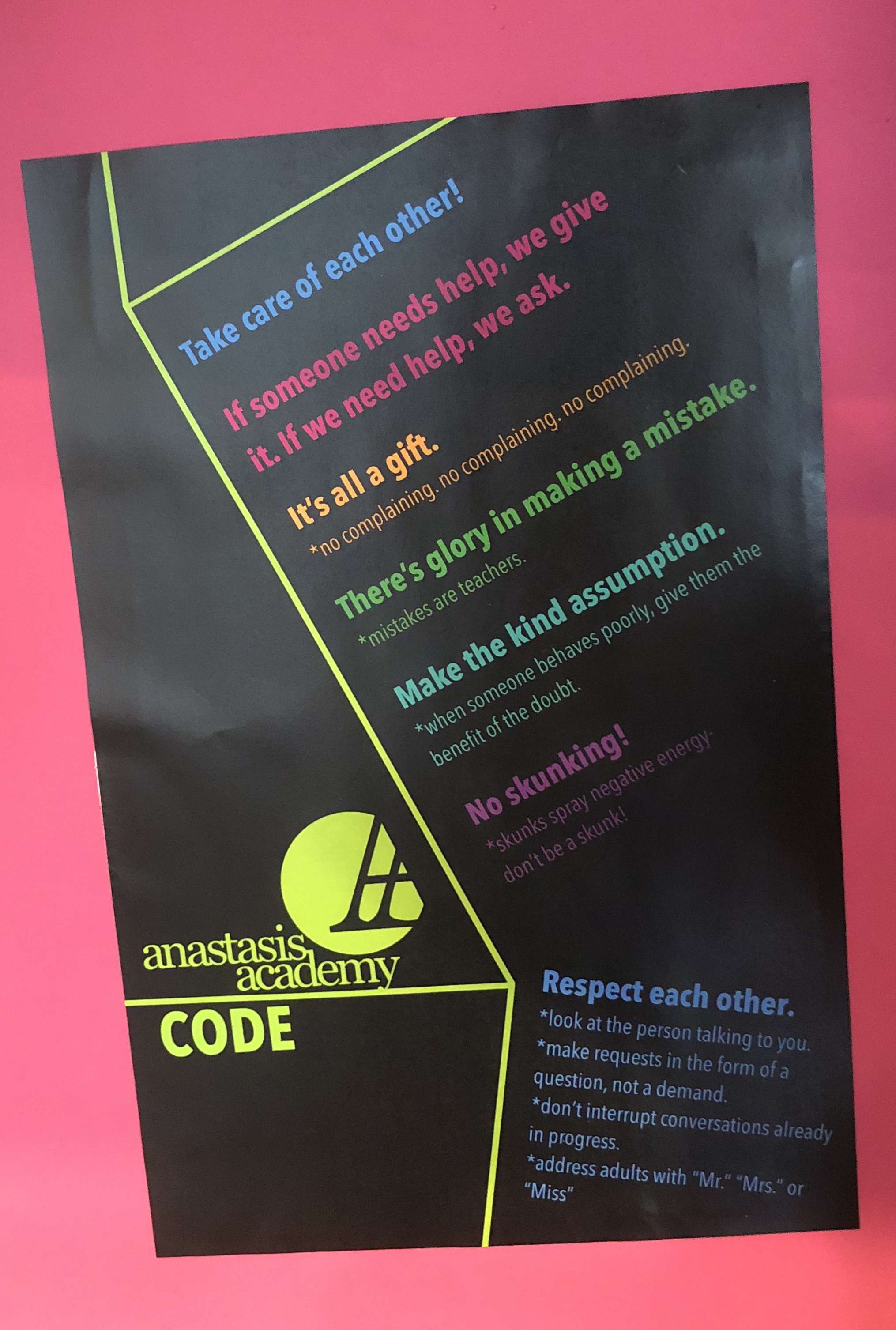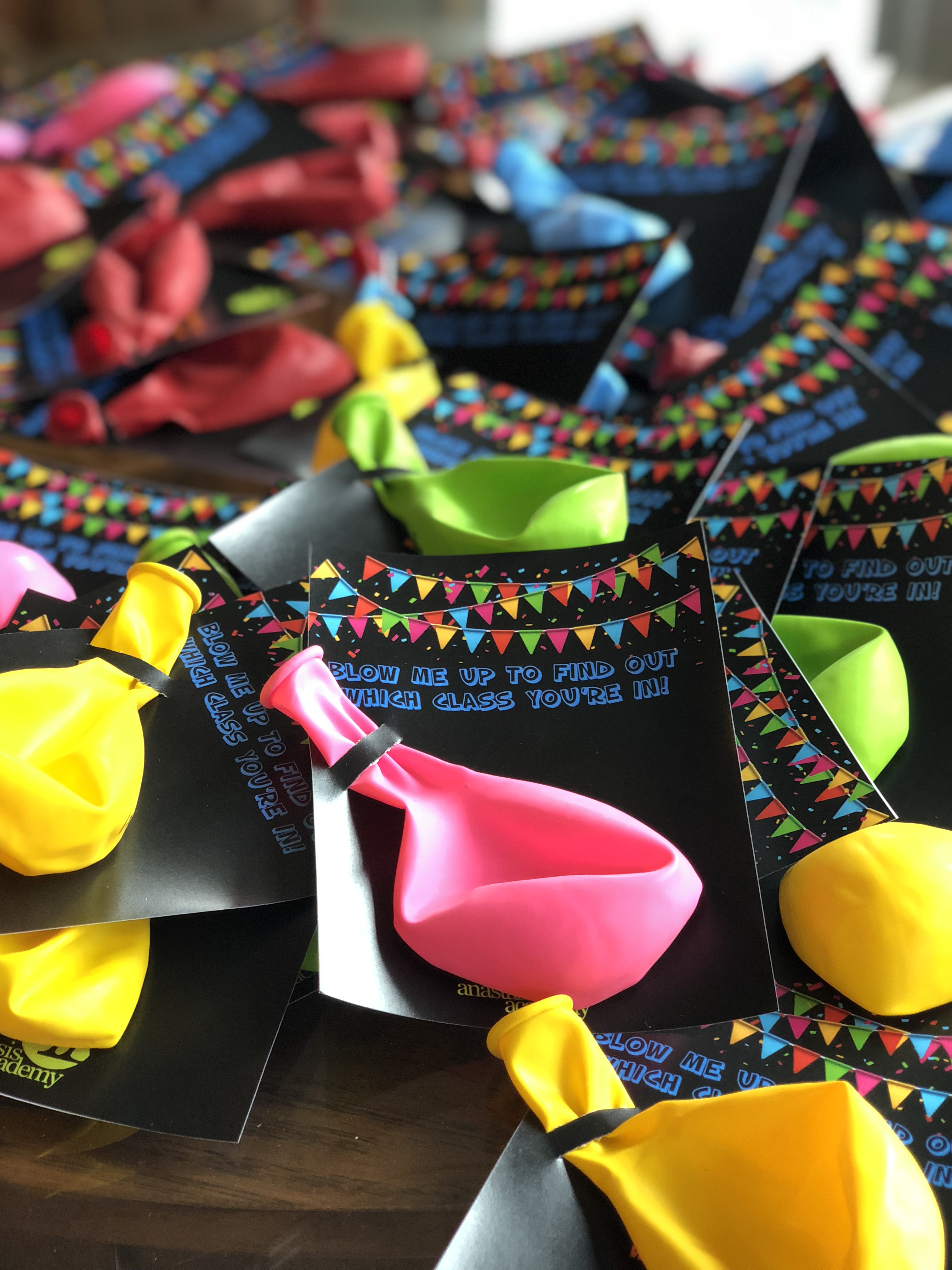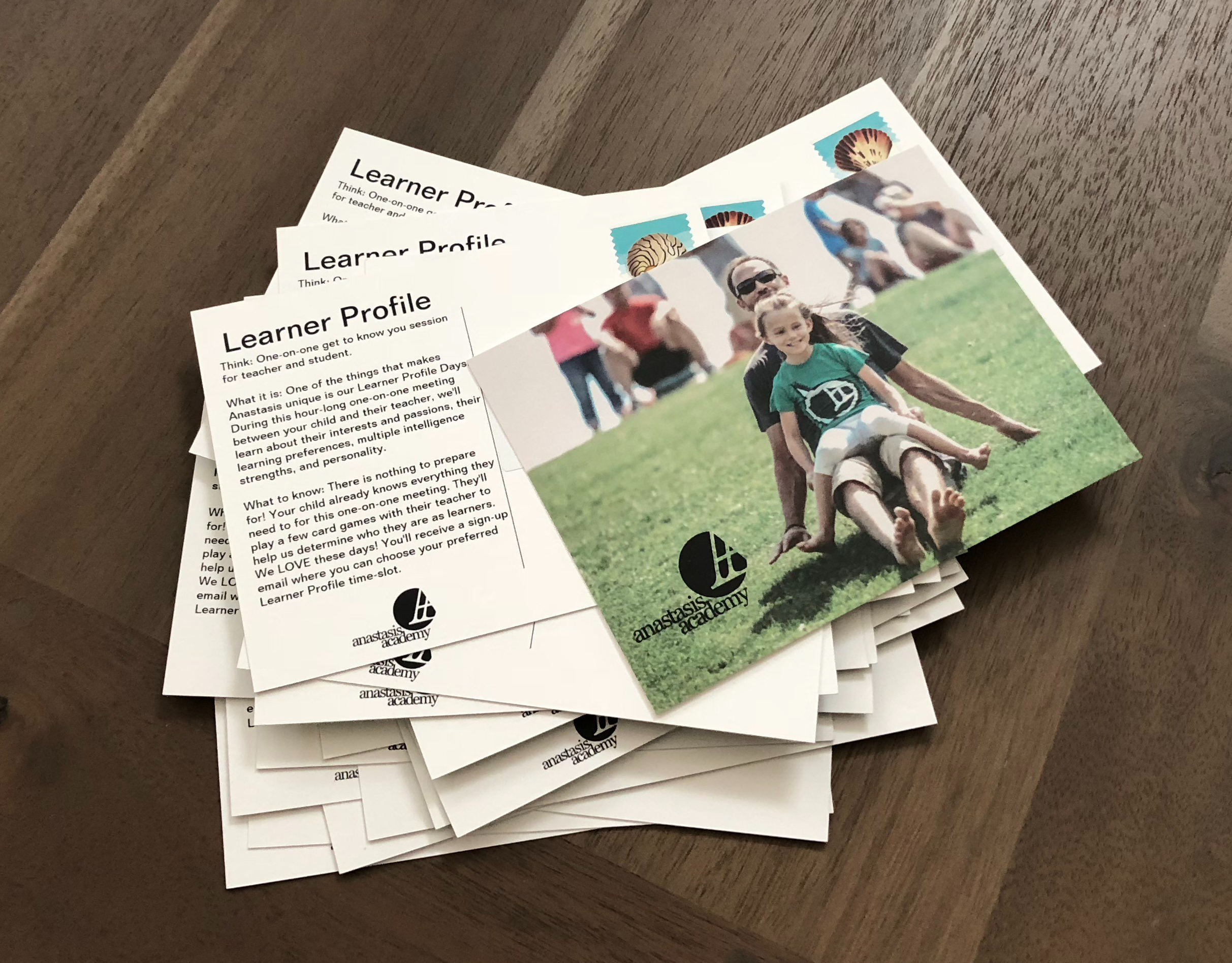Each of us is a composite of our influences and backgrounds encoded by society, media, and our home lives. It’s no different in education. Each of us has inherited an educational atmosphere that exists as part of our unconscious worldview. These systemic and embedded messages are hard to see because everyone is enmeshed in the same thing. We take the messages around us for granted and as our truth. It’s Plato’s idea of “Doxa,” opinions so saturated in our culture that we can’t recognize them for what they are.
Consider the practices in your school experience as a whole; what were the dominant messages you received about learning?
Did you pick up on the message that learning (especially at school) was something to be endured or that it was an adventure you got to be on?
Was the animating energy of your school experience one of scarcity or abundance?
Was it free and expansive, or closed and limited?
Was it animated by questions and curiosity or by knowing the correct answer?
Was the message you received risk-averse or that all learning happens as a result of risking not knowing?
I grew up with conflicting messages. In school and the culture at large, I picked up on the message that school was the place where learning happened. Learning got directed by an expert (also known as the teacher) and was something to be endured. I routinely got the message that by surviving school now, my life would be successful and more fulfilled someday. Everything I learned was supposed to prepare me for my imagined someday future. While in school, my job was to endure the disconnected facts, worksheets, busy work, homework, and tests. My worth as a student got tied to how much I could achieve, accomplish, produce, and comply. I had glimmers in school that learning could be about more, but primarily, outside of 1st, 3rd, and 5th grade, my experience was small. Risk-averse. Narrow. About someone that I was not today. Movies and TV shows reinforced this message, bringing to mind Ferris Bueller’s Day Off, Saved by the Bell, or Boy Meets World as examples.
At home, I got the opposite message. Learning wasn’t for the far-off future; it was to solve an immediate problem, indulge curiosity, and do something expansive and discovery-driven. My parents were endlessly fascinated by the geeky nuance of learning just for its sake. In my family, we would talk about wood grain, words, space, design, places, and crazy big ideas. At home, learning was something we got to do, an adventure and journey we were always on for today and someday.
Most of what I see in education policy, curriculum, instruction design, and school design is preserving the current system default. It isn’t innovative because the design exists within the same atmosphere of unconscious bias about what school must be.
How do we make what is unconscious become conscious? How do we become aware of our default conditioning and stop seeing today’s educational experience as the norm?
I think a starting point might be identifying what is in each of our educational atmospheres. I designed this short quiz to make what is invisible visible. Take it here before you read on to discover your own unconscious messages.
What was in the atmosphere that was your school experience?
What was the animating energy?
Do you still think about education in these ways?
When you think about school, are these still the images or words that come to mind? Or, maybe you’ve experienced a “culture of encounter.” Neuroscientist Dave Eagleman says, “Each time we have an experience, we alter the circuitry of our brains.” Have you had an encounter that offers a glimpse that there might be more than what is in your current atmosphere? Several in my life gave me enough distance to see that maybe the way we’ve done school isn’t THE way to do school and learning. I had conflicting encounters with learning that provided epiphanies of insight and destabilized the atmosphere I took for granted.
I’ve noticed to dominant messages about school and learning through my destabilization process:
Message 1:
In school and the culture at large, the dominant message was that learning in school was something to be endured. The animating energy of school was that of scarcity and lack.
School was a place where learning happened to us. Teachers directed it, and classwork, busywork, homework, and tests (“learning”) were something to be survived. A bank of knowledge was the most important; that is what got taught in school. Someday in the future, the learning would have a payoff; we could be successful as a result.
Within this dominant message, we learned compliance at the expense of self. Your worth came from what you achieved/accomplished/produced. Success was measured by the same, often in a zero-sum game of winners and losers. Only some will reach the top; “good” colleges have a few spots available. School is about safety and security in the future. Failure is unacceptable; perfectionism is the aim.
Some of the unconscious messages you may have about systems of education:
*Assessment is about winners/losers, compliance, perfection, based on a bank of fixed knowledge, guess what the teacher is thinking.
*Grades/Scores are about competition, scarcity, lack, risk-averse, fear, anxiety, based on averages, worth and success based on accomplishment.
*Classwork/homework/subjects are supposed to be tedious, a slog, one correct answer, conformity, rigor, grind, obligation, narrow/shallow understanding, facts to be memorized, teacher giving learning importance, grind, duty, a sole-pursuit.
*Detention/demerits are about compliance, fear-based, disempowerment.
Message 2:
The animating energy of school and learning was largely abundant. An adventure that you got to be on. Learning was expansive and ever unfolding. Learning was a journey based on curiosity and discovery.
You likely enjoyed ownership and freedom in your learning journey and had plenty of opportunities for creativity, community, and belonging. Learning was not something you endured for a payout in the future; learning had relevance for you in the present and future.
Rather than being limited to one body of knowledge and one set of answers, you experienced learning with richness and depth. You found the whole experience endlessly fascinating.
Your learning environment was one of freedom and trust. It was relational and connected; you know the beauty of collective intelligence in a discussion. You often found yourself in a state of flow in learning.
The message you received was that school and learning are joyful. It let you know that your worth as a human is inherent and evolving, not based on your achievements or success.
Your unconscious messages are rooted in learning as life, something you get to do and love to do, as something ever unfolding. You are rooted in curiosity, creativity, and connection.
You likely find yourself questioning the way most schools approach learning. For you, the traditional school system doesn’t match what you know about learning. You experienced cognitive dissonance between how the mass culture depicted learning and how you experienced learning.
What might change in education if more of our atmosphere was animated by the second message? Could we dream different dreams for school and learning?







